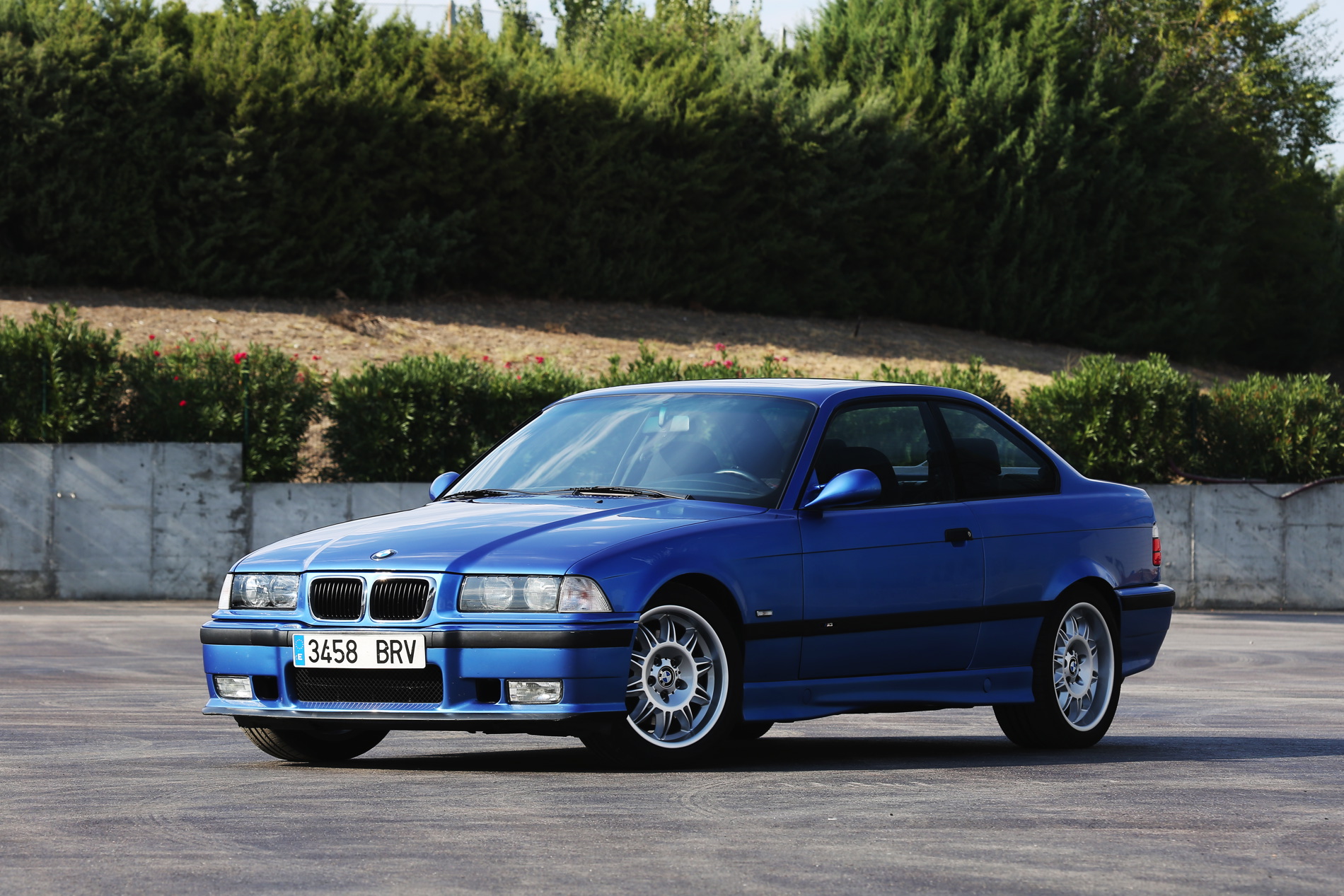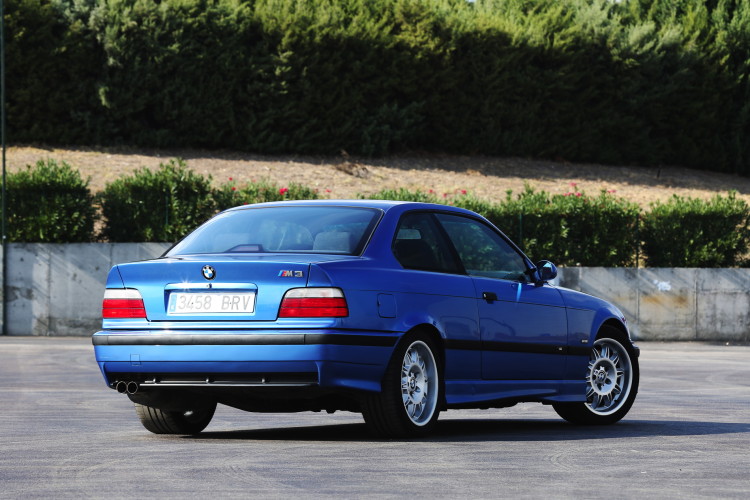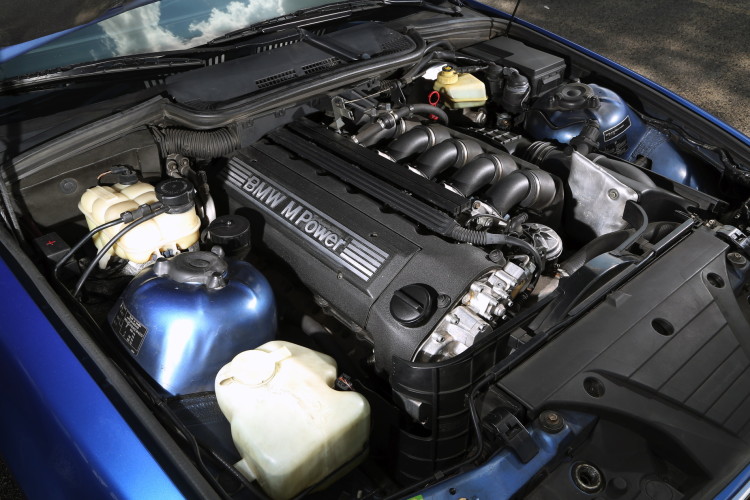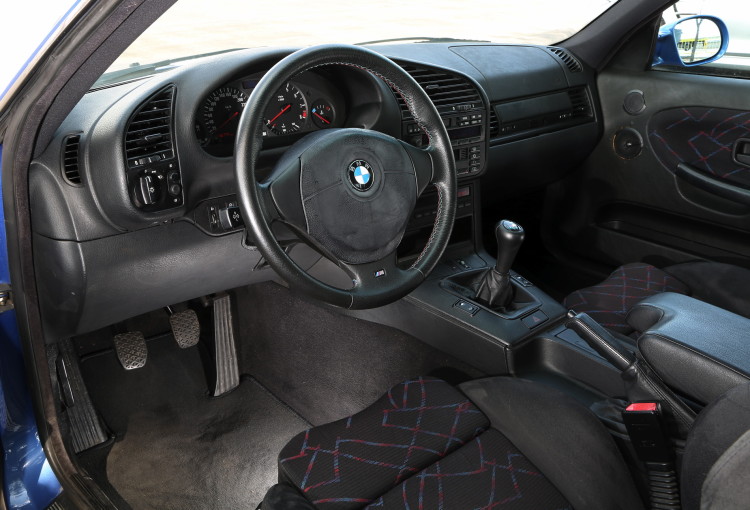BMWs are not cheap cars, we all know this. BMWs are premium performance and luxury vehicles and that premium comes at a cost. This means that there is a rather massive group of BMW enthusiasts who cannot afford brand new Bimmers. This leads them to scour the dark corners of the interwebs for pre-owned examples, many of which are quite old and tired. Because of this, many older performance BMW have become quite popular. Cars like the BMW E36 M3, for example, are beloved in the enthusiast community.
Because of their massive popularity, prices of the E36 M3 have started to rise quite considerably. A decent example of an E36 M3 will cost around $10,000 (or equivalent across the globe) and anything less than that will likely require a fair amount of TLC. So for potential buyers, a used E36 M3 could be a scary prospect.
But that’s what we’re here for. We’re going to give you the rundown of the basics that you must look for if you’re in the market for an E36 M3. We’re going to try and take a bit of the fear out of the purchase. So follow these simple guidelines when it comes to buying an E36 M3 and you should end up with a great car that will provide fun and excitement for years to come.
What To Look For
Cooling System – Okay, first thing’s first, you must check out the cooling system almost immediately. In all E36-generation cars, the entire cooling system is incredibly annoying. As an owner of an E36 for almost a decade, I can tell you that it’s headache-inducing. However, if you make sure it’s in good condition before buying and keep up with preventative maintenance, you should be fine. Before buying, check the radiator and any connecting hoses for leaks or cold spots. Give the overflow bottle to the left of the radiator a good looking-over, because the fragile plastic tends to break over time and leak. Ask the owner if/when the water pump or thermostat were replaced and if there’s any documentation of doing so. Also a good check of the fan clutch is necessary, as the viscous-coupling fan clutch tends to go bad every 100,000 miles or so (one way to test it is to let the engine warm up at idle and stick a rolled up newspaper or magazine in the fan and the fan stops, it’s bad. But if it tears up the magazine, it’s good). The cooling system is by far and away the most annoying part of the E36-generation M3, so make sure to check it thoroughly.
Rust/Rot – The E36-generation 3 Series always had an issue with rust in specific areas. The rear quarter panels are notorious for rusting quite badly and can turn to rot quickly. Underneath the car at the jacking points is also a bad area for rust. If these areas seem clean, then you should be in good shape for a long time. But if you see some rust, chances are it’s deeper than it looks and it’s not worth the headache later on down the line. My E36 has both of these common rust problems and one look at any E36 forum and you’ll see countless others with such an issue.
Heater Core – One important thing to check for is the heater core. The heater core can start to leak coolant and if it does so, it can cause a dangerous lack of coolant or even air in the system, causing the car to overheat. This can happen in any car, but the problem with E36s is that the heater core is an absolute nightmare to replace. Not only is it a pricey part, but it’s so difficult to actually get to on your own and shops charge a small fortune to do the job because of it. There’s a common joke among E36 owners that BMW designed the E36 heater core first and then built the whole car around it. It’s hard to tell if the heater core is leaking or having an issue, but if it is there’s a smell of coolant in the cabin when the heat is turned on or the interior carpet on the passenger side is wet, you could have an issue. So check for those things before buying, because a bad heater core is a big headache.
VANOS Rattle – There’s a very infamous rattling sound that BMW enthusiast cringe at the mere thought of hearing. BMW’s famous VANOS variable valve timing is a wonder for its engines, providing better power and efficiency. However, if the VANOS system goes bad, due to poor oil circulation or whatever it may be, it can cause serious trouble for your engine. When it goes bad, though, it’s very obvious as the engine makes an awful rattle, like metal marbles being shaken violently in a can. The VANOS unit is located right at the front of the engine, so it’s easy to identify and check for the sound when the engine is running. If it seems to be running smooth and quite, then you should be in good shape. There’s also a rubber hose running to the VANOS unit that supplies it with oil. Make sure it isn’t cracked or dry rotted to insure no problems in the future. If it is, replace the hose as it’s cheap and easy to do and a good way to avoid disastrous issues and costly repairs in the future.
Mileage and Price
If you can find an E36 M3 that seems to be free of all of the aforementioned issues, there’s then an issue of price and mileage. To find a decent E36 M3 with less than 100,000 for under $10,000 is a tough thing to do. However, $10,000 is the target price range and around 100,000 miles or less is the target mileage. A little bit over 100,000 miles isn’t too much of an issue if the price drops. However, personally, I wouldn’t touch one that had over 150,000 miles unless it was quite cheap and seemed to be in decent working condition. The chassis of the E36 had some issues of wearing out in certain areas (rear shock towers, front strut towers, rear trailing arms) over time and after 150,000 miles it’s often not worth the effort. Also, basically every bushing goes bad at around that mileage and it’s exhausting to replace all of them.
The popularity of the E36 M3 has driven the price up quite high and it’s not likely you get a nice one for under $10-grand. By the way, when I say nice I mean unmolested (no self-added aftermarket parts), mostly original or OEM replacement parts, perfect running condition and no need of any real repairs. Obviously no car will be 100 percent perfect, but at that price you should be able to find a turn-key E36 M3 that is in need of no immediate major repair.
If you can find an E36 M3 in a condition and price that you’re comfortable with, it’s worth pulling the trigger on. They’re great fun to drive and, if preventative maintenance is kept up, will last a long time, providing a great driving experience along the way.








































































